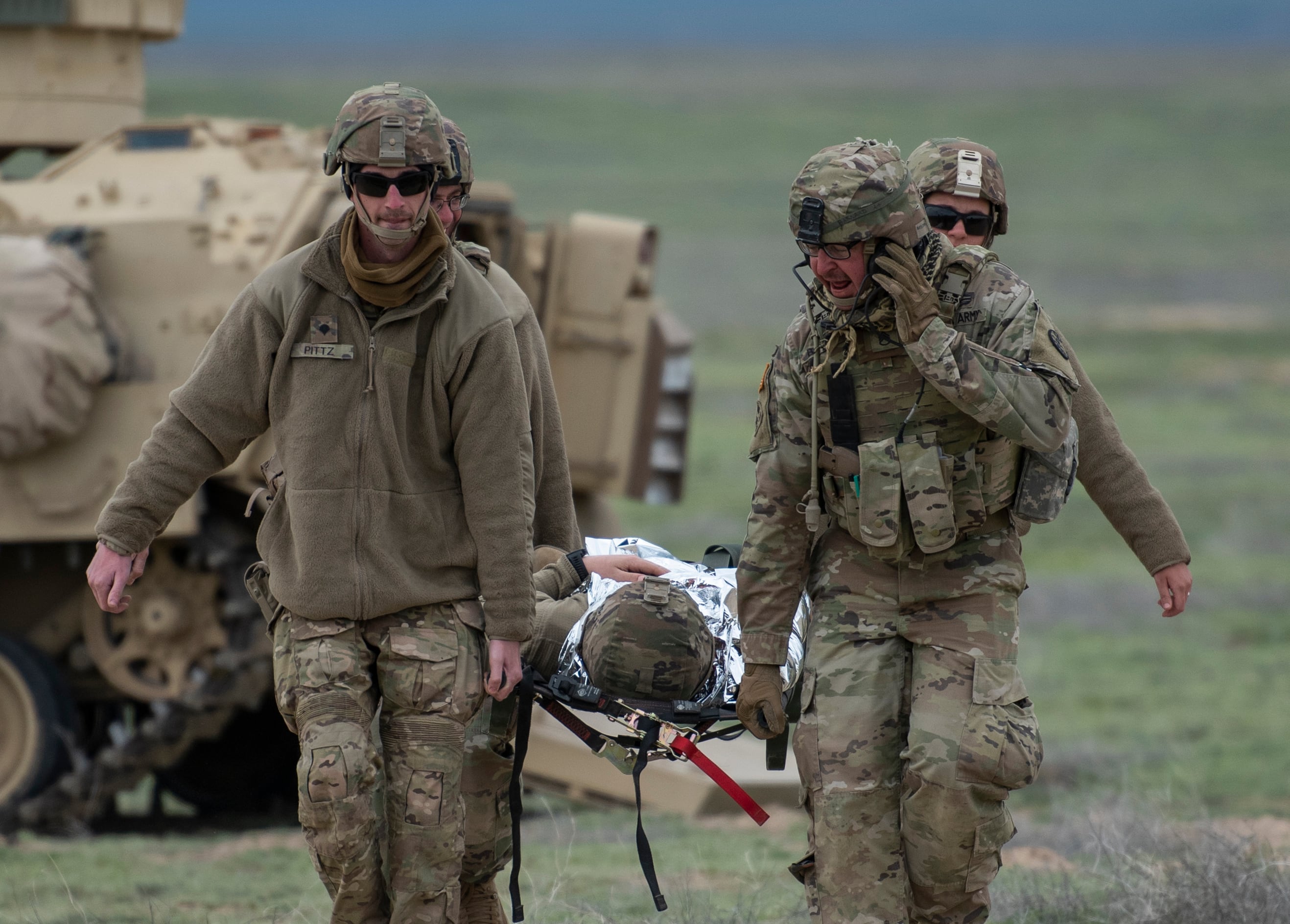It was the summer of 2021. I had just had a conversation with my first sergeant, who was planning on making his exit from the Army. He informed me that the timeline for starting the Transition Assistance Program (TAP) if you were retiring was different than if you were ETSing (end of time in service ... ing?) This was news to me — splendid, wonderful, exciting, overwhelming news.
I imagine it is news to others as well — along with many of my other revelations about TAP, so follow me. I’m going to take you on a journey.
First, you need to know that if you are retiring you must start TAP 24 months out from your projected retirement date. If you are ETSing after at least 180 continuous days on active duty, you must start TAP 12 months out; if you are being chaptered, start immediately.
Second, I highly recommend anyone considering transitioning give some real, honest serious thought to your goals and aspirations beyond the uniform — even before enrolling in TAP. You need to have an idea what you want for your next chapter, because the days of that kind of stuff being dictated to you will soon come to an end. This is a place where you get to, and must, choose your own adventure.
OK, so there I was trying to figure out the transition process during COVID and cracking the code on how to even register for these classes, when there was no one answering phones and no one in offices.
I sent emails until I reached a person who explained to me what needed to happen and scheduled me for my individualized initial counseling and pre-separation counseling. That’s the first part, and both of mine were over the phone. During the individualized initial counseling, you discuss your post-transition goals with a counselor, and you should at least have an idea of what you want to do prior to deciding to leave the uniform behind. During the pre-separation counseling, you get information on resources, entitlements and benefits that are available to you as a veteran. Spouses are encouraged to attend. After all, the entire family undergoes the transition, not just the servicemember.
There are four distinct tracks that you select from to determine the TAP curriculum that will best suit your future aspirations. They are: education, entrepreneurial, employment, or vocational, and there are classes specifically designed to give you much-needed information on each of these tracks.
I followed the employment track, and took classes such as the Department of Labor Employment Workshop; Advanced Resume; Dress for Success; and Interview Techniques. While you must select a track, you are free to attend classes from any of the tracks. I found it especially helpful to attend many of them more than once. Once you have attended the classes that are mandatory – Managing Your Transition; Military Occupational Codes Crosswalk; and Financial Planning for Transition – you are invited to register for additional classes that you are interested in.
My final steps were to complete my skills gap analysis to determine if I in fact possess the skills necessary to make my post-transition goals a reality and to complete my individual transition plan. My commander had to validate that I was complete and then I was finished, at least with the mandated portion of the transition. It gets much more involved than taking some classes, but I will leave that for next time.
Full disclosure: some of these classes are not the most riveting experiences you’ve ever had in life, but the information conveyed is good, valuable information. That fact alone kept me interested in what was being said. I recommend printing out any materials emailed to you prior to the seminars and workshops, following along, and highlighting anything that seems particularly relevant to your unique situation. Write down questions to ask at the end or when prompted to ask questions.
This step in your transition is not just meant to check a box; it’s actually helpful in providing you with knowledge on how a lot of these systems work, such as the difference between a federal resume and a civilian resume, or how to navigate USAjobs.gov or the difference between all the federal government hiring authorities.
This is your transition, and just like physical training, you will get out of it what you put into it. Take it seriously.
This is part of a series of essays from Sgt. 1st Class Leah Kilpatrick, a transitioning soldier who will soon retire after 20 years of honorable service to the nation. She has spent her career working in Army public affairs, writing and photographing the Army story for a vast audience of service members, family members, and the American people. In this series, she will share her experiences with the transition process to help educate servicemembers about what they need to know as they transition to the civilian world.




